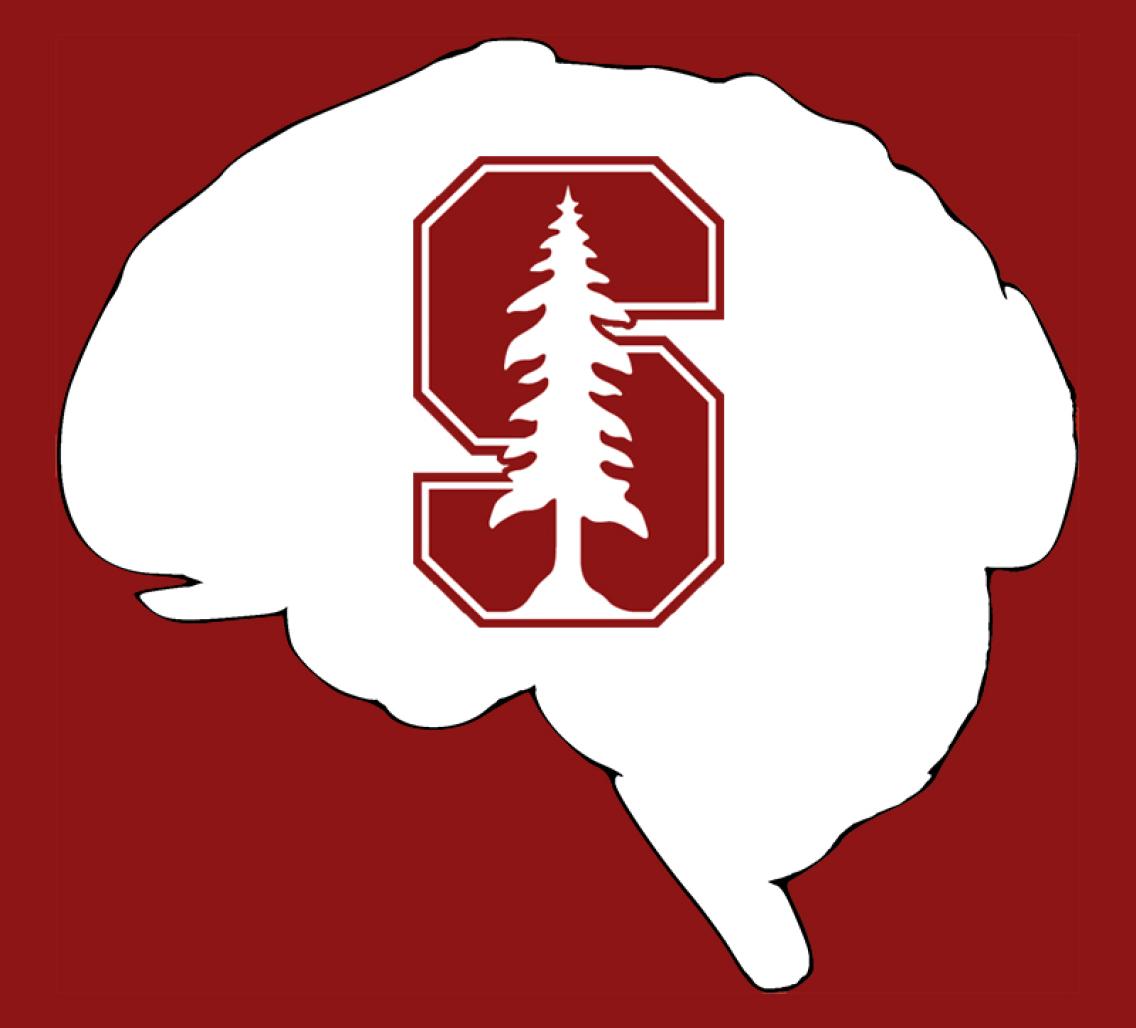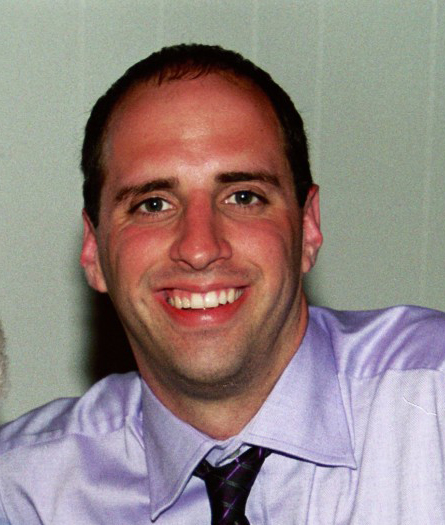Event Details:

Neural circuits of dexterity

Adam Hantman, PhD
Janelia Group Leader, Howard Hughes Medical Institute, HHMI
Host: Greg Scherrer
Abstract
Dexterous movements serve the major functions of the brain, perception and manipulation of the world. Considering the range of possible actions and the complexity of musculoskeletal arrangements, control of the hand is an amazing achievement of the nervous system. Dexterous behavior involves understanding objects in the world, developing appropriate plans, converting those plans into appropriate motor commands, and adaptively reacting to feedback. The myriad of these underlying operations is likely performed by a diverse set of neural circuits. By combining anatomy, physiology, and specific (genetic and temporal) manipulations, my lab hopes to identify and understand the neural elements responsible for dexterous motor control. Currently, we focus on the role of the cortico-cerebellar loop in a skilled reach-grab-eat task in the rodent.
Related papers
[1] Huang CC, Sugino K, Shima Y, Guo C, Bai S, Mensh BD, Nelson SB, Hantman AW (2013) Convergence of pontine and proprioceptive streams onto multimodal cerebellar granule cells. eLife 2013;2:e00400. doi: 10.7554/eLife.00400.001
[2] Guo, Jian-Zhong, Graves AR, Guo WW, Zheng J, Lee A, Rodríguez-González J, Li N, Macklin JJ, Phillips JW, Mensh BD, Branson K, Hantman AW (2015) Cortex Commands the performance of skilled movement. eLife 2015;4:e10774. doi: 10.7554/eLife.10774.001